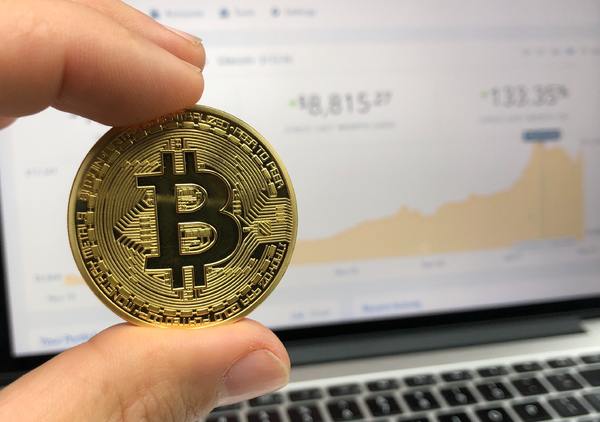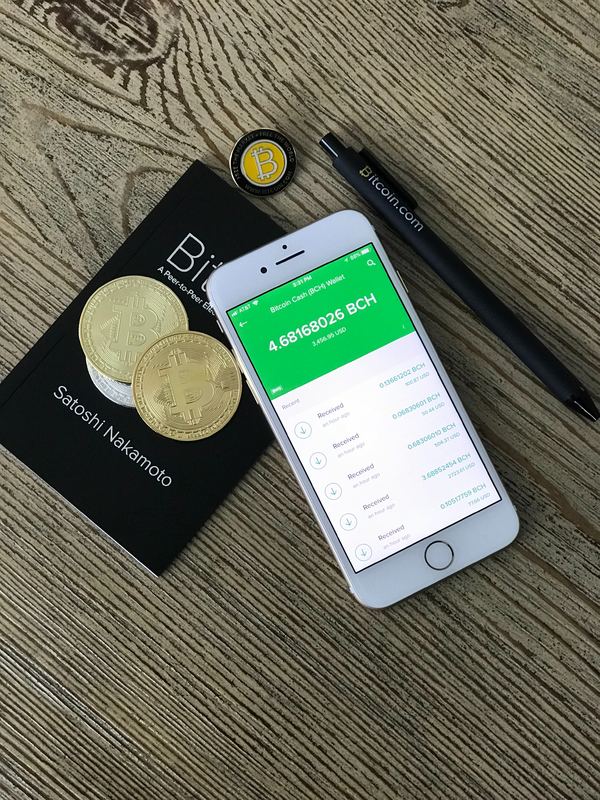
While Bitcoin Cash may have catalyzed the hard fork frenzy, off-shoots of bitcoin have been an on-going phenomenon.
This guide covers the most successful bitcoin hard forks and will explain how you can claim your coins once a hard fork has taken place and a new coin has been created.
How Many Hard Forks Are There?
Bitcoin is the world’s leading digital currency. It is also the currency with the highest number of hard forks. The number of altcoins created off of bitcoin hard forks numbers over 100.
After the Bitcoin Cash hard fork in August 2017, the bitcoin community witnessed a staggering number of hard forks from the Bitcoin blockchain. Some were spurred on by ideological differences, but most were informed by the desire to turn a quick profit. Examples of truly ludicrous split-off digital currencies include Bitcoin God, Bitcoin Pizza, and Bitcoin Candy.
What Is a Hard Fork and Why Do They Happen?
A hard fork refers to the scenario in which a blockchain splits into two different paths. While it is a common misconception that a hard fork always results in the creation of a new digital currency, some hard forks are implemented while retaining the original digital currency native to the network.
Moreover, some hard forks happen as a result of differences in the community supporting a coin. Most digital currencies are decentralized. Therefore, before any decision to alter the underlying software of the network is to happen, there must be an agreement in the majority of the nodes on the network.
If the community is unable to agree on a certain upgrade, feature, or any matter that pertains to the software, any group within the greater community is able to create a copy of the parent blockchain and then split off at a pre-planned block height. This is further enabled by the fact that most blockchain networks are open-source and are available for download to the public. This is true of the Bitcoin source code as well.
For example, SegWit was implemented on the Bitcoin network through a hard fork. However, the Bitcoin network retained its single digital currency. The Bitcoin Cash community, spurred on by frontman Roger Ver, broke off from the parent chain because of ideological differences related to block size.
Additionally, there are also hard forks that combine two parent blockchains to create a single blockchain. This is usually done to allow the split off, child network to inherit, so to speak, the desirable qualities of both its parent chains. Bitcoin Private is one such example.
Notable Bitcoin Hard Forks
While the majority of the 100+ hard forks created digital currencies are now defunct, there are a handful that experienced relative success. The top five bitcoin hard forks by market capitalization are Bitcoin Cash, Bitcoin Gold, Bitcoin Diamond, Bitcoin Private, and Bitcoin Interest respectively.
 Bitcoin Cash came to be as a result of the scalability debate witnessed within the Bitcoin community. One group, which later became Bitcoin Cash (BCH), thought the answer to the scalability problem lay in an increase in block size. The rest of the Bitcoin community moved on with the planned SegWit upgrade.
Bitcoin Cash came to be as a result of the scalability debate witnessed within the Bitcoin community. One group, which later became Bitcoin Cash (BCH), thought the answer to the scalability problem lay in an increase in block size. The rest of the Bitcoin community moved on with the planned SegWit upgrade.
Following the BCH hard fork came the Bitcoin Gold altcoin. In October 2017, a group of people split off from the main Bitcoin network, creating Bitcoin Gold. The faction was concerned with the continued rise of bitcoin-specific ASICs miners and the threat they posed to the decentralized nature of the network. As a result, the group upgraded its network to support the Equihash proof-of-work algorithm. Thus, on the Bitcoin Gold network, a PC can become a node and support the network as a miner.
Only a month later, in November 2017, another group broke off to create Bitcoin Diamond (BCD). The move was also informed by the intense debate in the bitcoin community around the pressing scalability concerns. The Bitcoin Diamond community changed the technical specifications of the network by increasing the block size to 8 MB. Additionally, the maximum coin supply was increased from 21 million by a factor of ten to 210 million.
Bitcoin Interest (BCI) as the name suggests, was created to facilitate a network which would allow participants to earn interest from their holdings. The hard fork was implemented in January 2018. The main difference in the software was the rewards paid out after a certain time of holding the native digital currency of the network.
Lastly, Bitcoin Private is the most recent notable Bitcoin hard fork. Launched in March 2018, the Bitcoin Private altcoin is unique because it is a merge of the Bitcoin and the Zclassic blockchain. Zclassic is a privacy-centered cryptocurrency and pioneered unique privacy-supporting features. While Zclassic eventually floundered due to lack of community and developer support, a number of altcoins have utilized the privacy enhancing protocols first seen in its network.
Bitcoin Private combines the privacy-centric nature of Zclassic and the robust and battle-tested Bitcoin blockchain to create a cryptocurrency with all the benefits of the world’s leading digital currency while introducing much sought after privacy features. Additionally, Bitcoin Private also employs the Equihash Proof-of-Work algorithm to support GPU mining.
How to Claim New Coins After a Hard Fork
If you are looking to find out if you received any of the altcoins created through bitcoin hard forks and how you can claim them, this section teaches the basics of the process. Additionally, it focuses specifically on how to access your Bitcoin Cash, Bitcoin Gold, and Bitcoin Private tokens.
There are some important factors to consider. The first and most important of all is the fact that you are only eligible to receive the altcoins emanating from a hard fork if you hold the digital currency of the parent chain. In the case of the above-mentioned hard forks, the native digital currency is bitcoin.
Usually, a hard fork is designed to bestow upon a user the same amount in the new digital currency that is owned in bitcoin. In other words, if you have one bitcoin you will receive one of the new tokens.
Secondly, it is important to be sure that you had the bitcoin in your wallet at the time in which the snapshot was taken. A snapshot is similar to a picture. It is taken at a usually pre-specified time or blockchain height. This information helps the new network accurately distribute the new tokens. While you may have bitcoin in your wallet currently, if you did not have it at the time or block height when the snapshot was taken, you were not eligible and did not receive the new tokens.
Thirdly, ensure you have the private keys to your wallet addresses. This will make the process of claiming the new tokens easier. Alternatively, if you hold your bitcoin on a third-party exchange, make sure they support the process. While you do not hold the private keys for bitcoin held in exchanges, some will support bitcoin forks.
To claim tokens through an exchange, you must follow the explanations set out by the platform. For the purposes of this article, we will focus on a user who has control of the private keys.
How to Claim Bitcoin Cash
If you held bitcoin on August 1, 2017, then you likely received Bitcoin Cash. Here is how to go about claiming it.
- First, download the official wallet. Most projects will allow users to access it either from the website or through the project’s Github page. You can find the BCH wallet here.
- Once you have downloaded the latest version of the official wallet, you must then open the wallet and connect it to the network. The wallet will then need some time to sync to the other nodes on the network.
- Once the wallet has synced to the blockchain, you can now start claiming. Use the private keys of the wallet which held the bitcoin at the time of the snapshot and import it to your new BCH wallet. At this point, it is important to move any BTC you may have in the old wallet to a new one because you may encounter problems during the claiming process. If this happens, you will lose all the tokens associated with that private key. Hence, making sure the old wallet is empty or as close to that as possible helps to protect you from unnecessary losses.
- Once you have imported your private key into the new BCH wallet, you will see your coins in the wallet. They will be in proportion to the BTC you held in the address at the time of the snapshot. As a security consideration, you should move the BCH from that address and create a new one for the tokens. This is just to be protected in case your private keys were somehow compromised during the claiming process.
The process to claim Bitcoin Gold and Bitcoin Private is the same. To download the official wallets, you can go here and here respectively.
Related Articles:
- A History of Bitcoin Forks: Top 5 Bitcoin Forks, Rated and Reviewed
- What’s the Difference Between a Hard Fork and an Altcoin?
- What Is a Bitcoin Fork?
To learn more about investing in bitcoin and other digital currencies, subscribe to the Bitcoin Market Journal newsletter today and join the bitcoin revolution!

